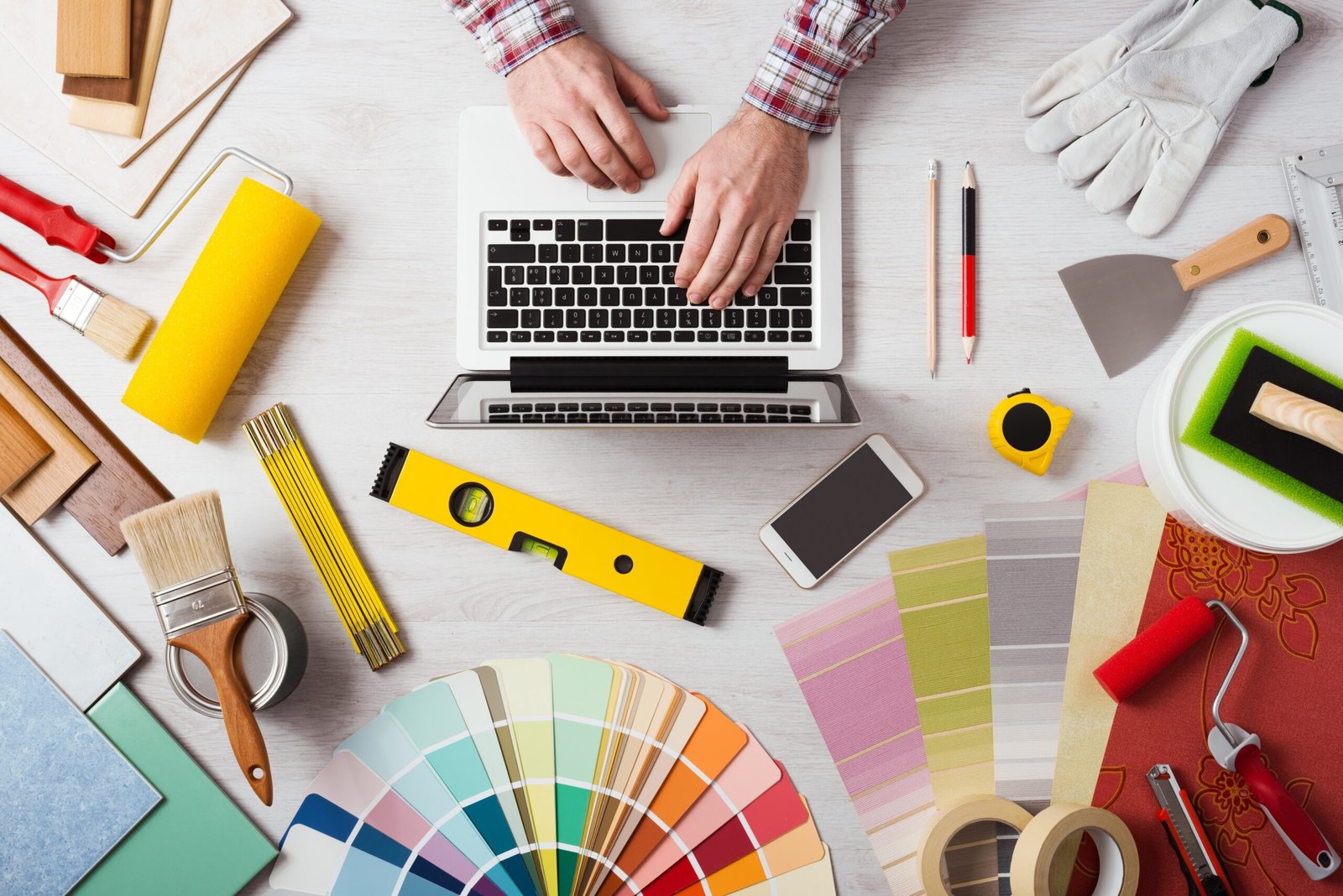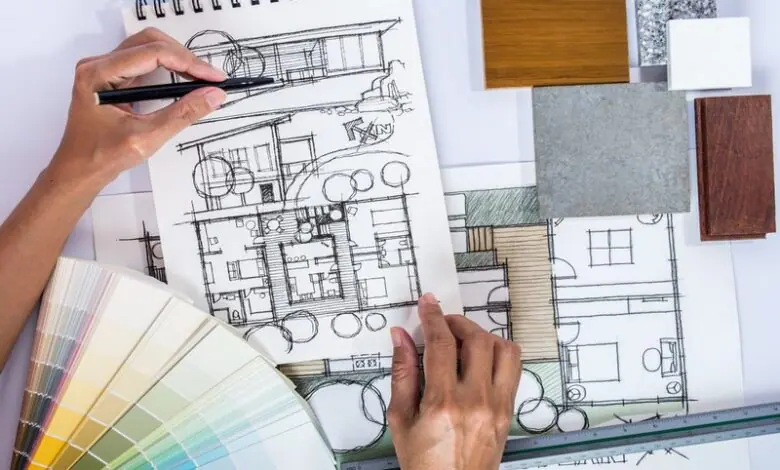
Interior design blends art and science to create beautiful, functional, and safe spaces. Whether it’s a home, office, or retail space, interior designers ensure environments are both aesthetically pleasing and practical. Interior design courses equip students with creativity, innovation, and a strong grasp of design principles, preparing them to excel in this dynamic and evolving field.
Interior Designing Course Syllabus
The interior designing course syllabus is crafted to provide students with a solid foundation in the principles and techniques of interior design, ensuring a holistic understanding of both architecture and interior design.
Students are exposed to a detailed analysis of the evolution of architectural structures over time. The curriculum also includes a study of the history of art and architecture to help students distinguish between different forms of architectural design and trace their origins. By gaining a deep understanding of the history of architecture and design, students can apply this knowledge to create innovative and practical design solutions that reflect both contemporary trends and traditional aesthetics.
Arts and Graphics
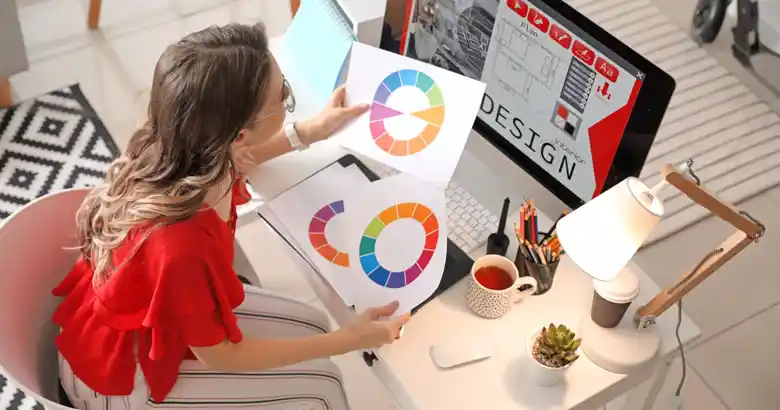
Art and graphics are an essential part of interior design. Interior designers use various forms of art to create a cohesive and visually appealing design. The course includes an introduction to various art forms and how they can be used in interior design. This subject provides students with the necessary skills to create sketches and designs for various projects.
Drawing Techniques
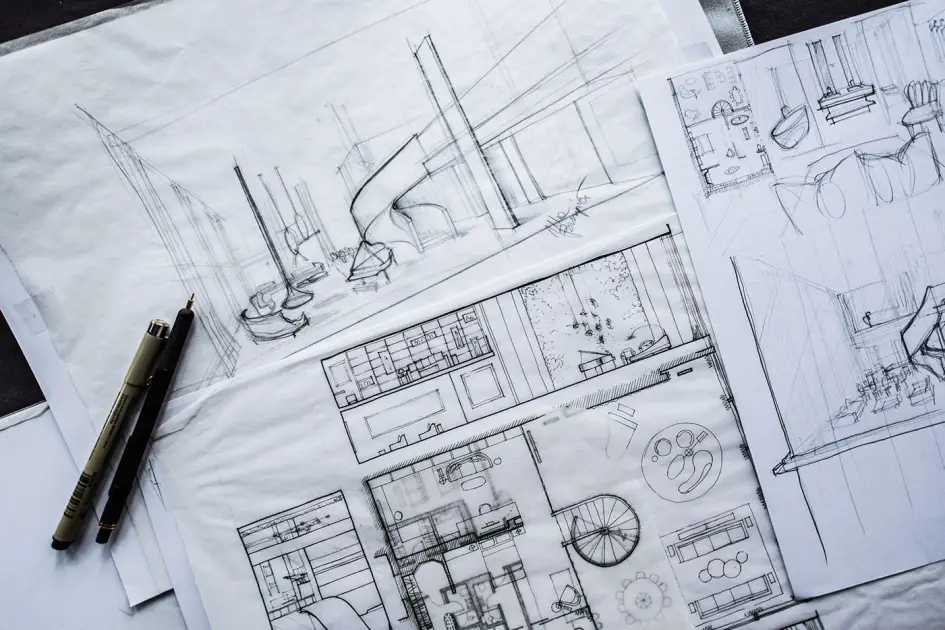
Drawing techniques are an integral part of the interior design course. This subject teaches students how to create and sketch designs on paper. Drawing techniques cover various aspects, such as perspective, shading, and colour theory. Students learn how to create detailed and accurate sketches that can be used as a reference during the design process.
History of Interior Design
The history of interior design is an essential aspect of the interior design course curriculum. This subject provides students with an understanding of how interior design has evolved over time. Students learn about different styles, trends, and periods in interior design. This knowledge helps students understand the context of design and its impact on the present.
Basic Design Principles
Basic design principles are the foundation of interior design. This subject covers the fundamentals of design, such as colour theory, composition, and balance. Students learn how to apply these principles to create a harmonious and visually appealing design.
Materials and Construction Techniques

Materials and construction techniques are a critical aspect of interior design. This subject covers different types of materials used in interior design and their properties. Students also learn about the different construction techniques used in building structures. This knowledge helps students understand the feasibility of their designs and the construction process.
Building Services
Building services is an essential part of interior design. This subject covers various aspects, such as plumbing, electrical, and HVAC systems. Students learn how to integrate these services into their designs to ensure that the space is safe and functional.
Fire Safety and Security Systems

Fire safety and security systems are critical in any building. This subject covers the different types of fire safety and security systems used in buildings. Students learn about the design and installation of these systems to ensure that the space is safe and secure.
Interior Design Styling (Residential and Commercial Spaces)
Interior design styling is a crucial aspect of the interior design course. This subject covers different styles and trends in interior design. Students learn how to create designs that meet the needs of their clients and reflect their personal style. This subject covers both residential and commercial spaces, giving students a broad understanding of different design styles.
Introduction to Communication Skills
Communication skills are essential in any profession, and interior design is no exception. This subject covers various aspects of communication, such as written and verbal communication, presentation skills, and client management. Students learn how to communicate effectively with clients and colleagues to ensure that their designs meet the client’s needs.
Model Making Workshop
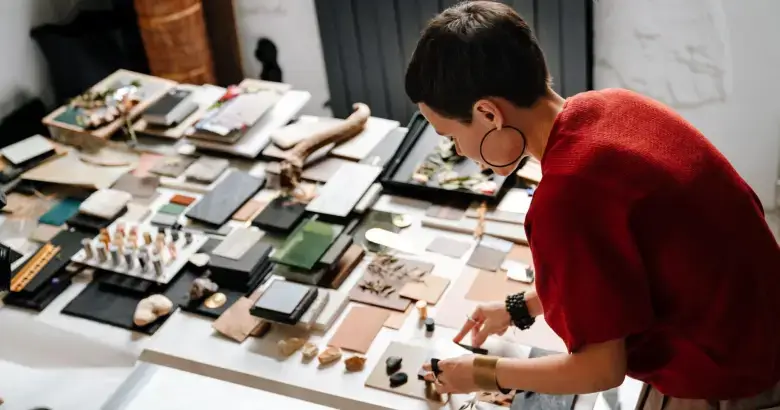
Model making is an essential skill in interior design. This subject covers different techniques used in model making, such as 3D printing, laser cutting, and handcrafting. Students learn how to create accurate and detailed models that can be used as a reference during the design process.
Electives
The interior design course curriculum also includes various electives that students can choose from. These electives cover various aspects, such as lighting design, furniture design, and sustainable design. These electives give students the opportunity to specialise in specific areas of interior design.
Semester-Wise Curriculum
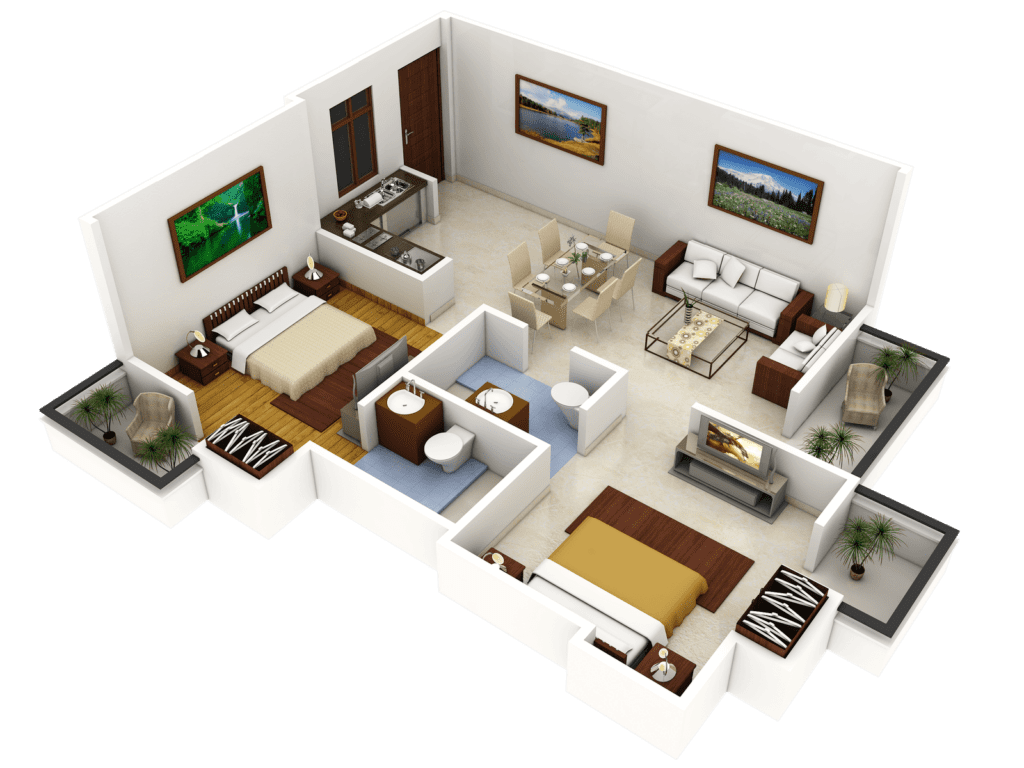
Interior design is a course that prepares students for a career in the design industry. The course spans three years and is divided into six semesters. The syllabus is comprehensive and covers a broad range of topics.
The syllabus is designed to equip students with the skills necessary to succeed in the dynamic fashion industry. It covers a broad range of topics, including technical drawing, computer design, historical theory of design, and interior services. Additionally, students are encouraged to participate in annual design awards, providing them with an opportunity to showcase their skills and creativity.
Overall, the course is comprehensive and well-rounded, providing students with the necessary skills and knowledge to excel in their future careers. The course structure ensures that students build on their skills progressively, and the annual design awards provide them with an opportunity to showcase their creativity and talent.
The interior designing course is a program of duration of three years and is divided into six semesters. The course curriculum is designed to provide students with comprehensive knowledge and practical skills necessary to excel in the dynamic fashion industry.
First Semester
- Basics of Design
- Interior Design I
- Technical Representation of Drawing
- Building Material and Methods of Construction
- Basic Structure
- History – Cultural Anthropology
- Interior Expression Technology
Second Semester
- Interior Design – Space Planning
- Technical Representation of Drawing
- Building Material and Methods of Construction
- Basic Structure
- History – Arts and Crafts
- Computer Design
- Annual Design Awards
Third Semester
- Interior Design
- Building Material and Methods of Construction
- Basic Structure
- Historical Theory of Design
- Computer Design
- Furniture Design I – Residential/Office
- Graphic Design
- Interior Services – Lighting
Fourth Semester
- Interior Design
- Basic Structure
- History – Furniture
- Computer Design
- Furniture Design – Commercial
- Interior Professional Practice
- Interior Services – Climate
- Annual Design Awards
Fifth Semester
- Interior Design
- Basic Structure
- History – Furniture
- Computer Design
- Furniture Design – Commercial
- Interior Services – Climate
- Annual Design Awards
Sixth Semester
- Interior Design
- Basic Structure
- Computer Design
- Working Drawing
- Landscape Designing
- Annual Design Awards
Conclusion
The 2024 Interior Designing course curriculum equips students with essential skills to excel in the field, covering design principles, materials, construction techniques, styling, and communication. With electives in areas like lighting and sustainable design, it offers specialized learning. This six-semester program combines theory and practical training, providing a step-by-step approach to mastering creative and technical aspects. Students graduate with the knowledge and experience needed to design functional, safe, and aesthetically pleasing spaces, preparing them for a successful career in interior design.












